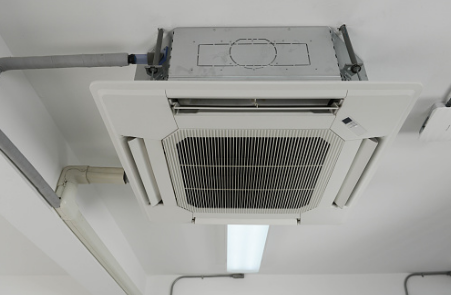There’s no questioning the fact that dehumidifiers are a boon to allergy sufferers and those who live in damp climates; these handy appliances can keep mold growth at bay, remove moisture, reducing allergy symptoms, safeguarding your family’s health, and protecting the structural integrity of your home. However, as with any new appliance, in order to get the most out of your dehumidifier, you will need to learn how to properly install and operate it.
Getting Started: Choosing And Setting Up Your Dehumidifier
Before buying a dehumidifier, there are several things you should be aware of: 1. You should select a model with a built-in digital control sensor that lets you gauge and set humidity levels; 2. You will need to purchase a model that is capable of dehumidifying your size of home. Unless you only need to remove moisture from a very small area, you should default to choosing the dehumidifier with the highest pint capacity available; 3. You’ll need to decide how the water collected by your dehumidifier will be disposed of. You may choose to either collect the water in a water container attached to the unit or use a hose and supplemental pump to disperse the water directly outside, into your basement drain, into a utility sink, etc. If you will be disposing of the water using a hose, make sure that it can safely drain away from the house.
Placement
Once you have chosen the correct model of dehumidifier to meet your needs, you will need to choose a place to install it (the basement is typically a good choice as basements are high-moisture areas, but you may also wish to purchase smaller additional units for your bathrooms). Ideally, you should place the dehumidifier directly on the floor as elevating these appliances reduces their efficiency; remember, a dehumidifier is a self-contained unit and will not cause water damage to occur if used properly, so there is no need to place your dehumidifier above floor level.
Improve the Health of Your Basement in a Weekend! Five Tips.
Calibrating Your Dehumidifier
The primary aim when using a dehumidifier is to prevent mold growth. To do so, you will need to continuously maintain a humidity level at or below 50% within your home. However, there’s a caveat to be aware of when calibrating your new appliance. Most manufacturers are very generous when estimating how much space their units can effectively dehumidify. According to the Consumer Guide to Dehumidifiers, if a manufacturer states that their unit can remove moisture from an area of 1000 square feet, you can expect it to effectively remove moisture from about half of that total area. Fortunately, there is a work-around for this issue: Set your unit’s humidity sensor 10% lower than the actual humidity level you wish to achieve (i.e., if you wish to achieve a 50% humidity level, set your unit to 40%). This will compensate for the unit’s limited range and lower the humidity level throughout the space that the dehumidifier is operating in.
Top Picks
Large Basements: Santa Fe Classic
Small Basements and Crawlspaces: Santa Fe Compact Compact 70
Sustained New England Humidity Causes Widespread Illness






